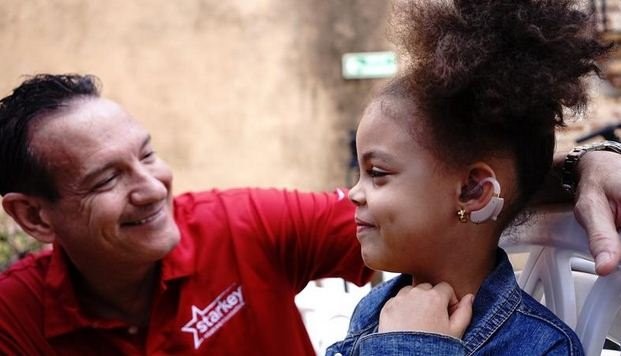
5 Ways To Engage Customers In Your Company’s Philanthropy
Corporate philanthropy programs are often well intentioned but can be hard to communicate effectively to customers. How can companies continue to make a significant impact on their communities and the world — and realize the benefits a thriving philanthropic program can provide?
It’s all about engagement. Companies can benefit significantly from using philanthropic activities to deepen relationships with customers.
If you’re engaged in corporate philanthropy, you need to think about how to get your customers to understand why you do what you do – and that it’s not about money. If you think corporate philanthropy is about money, then you’re doing it wrong. If you do business with people you know and trust, and your values align, you can make a difference in people’s lives.
Getting your customers involved in philanthropy is not a sales job or Jedi mind trick. They simply have to know you care. Here are five lessons we’ve learned to fully engage customers in corporate philanthropy and build for the future:
1. Communicate buy-in from the top down
Lead by example. If your company’s leaders aren’t actively engaged in philanthropic efforts, how can you expect your customers to care? Your philanthropy should be woven into your company’s cultural DNA. Our company, Starkey Hearing Technologies, contributes time and money to numerous causes, including our own Starkey Hearing Foundation. It’s clear that our work with the foundation is an integral part of how we give back. Our employees get that, and so do our customers.
2. Give customers a chance to get involved
A company’s philanthropic program can and should be able to stand on its own, but it really gains momentum when you’re able to bring other people in and help them contribute as well. If at all possible, find ways to directly involve customers in the process of giving back. Invite your customers and corporate partners to join your company on mission trips or charity events so they can experience firsthand the power of your philanthropy.
3. Communicate the emotion
Providing statistics and facts about your philanthropy is important, but sharing photos, videos and stories with customers is a much more powerful way of helping people understand how their participation can make a difference. Touch their hearts, not just their minds. Arm your team with ways to document their philanthropic work as it happens, and then share, share, share.
4. Provide tools to help customers share in the benefit and spread the word
We provide literature, posters and other materials about our corporate philanthropy to our audiologist customers so they can display them in their practices and let their patients know that they support Starkey’s mission. It’s a great way for our customers to communicate their participation, and to spark discussions with their own customers about the effort.
5. Empower customers to pay it forward
Provide support for your customers to do good in their daily lives. Provide local extensions of the work your company does on a global scale. For example, under Starkey’s Hearing Angel program, our audiologist customers simply let us know when one of their patients needs hearing help but may not be able to pay for it, and we cover the cost of the hearing aid. Our customers can make a major difference in the lives of the people they serve in their own communities.
Published September 5, 2014 via The Business Journals
Tech | Coffee | Design | Software
9yCustomer engagement is the whole premise behind our company, Citizens Threads Clothing Co. We wanted to provide an opportunity for individuals to watch their purchasing go to a greater cause and to supporting impactful nonprofits across the globe. At the end of the day, serving and impacting the lives of individuals around the world is far more important than simply affecting the bottom line. I have found that this mentality has bolstered our customer engagement and grown a loyal following of individuals.